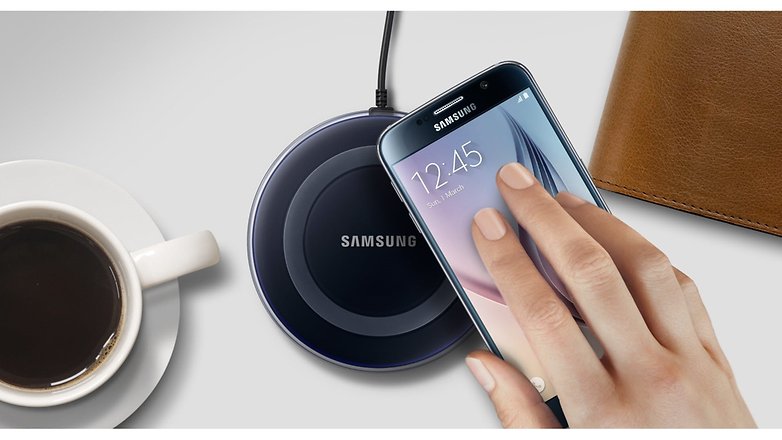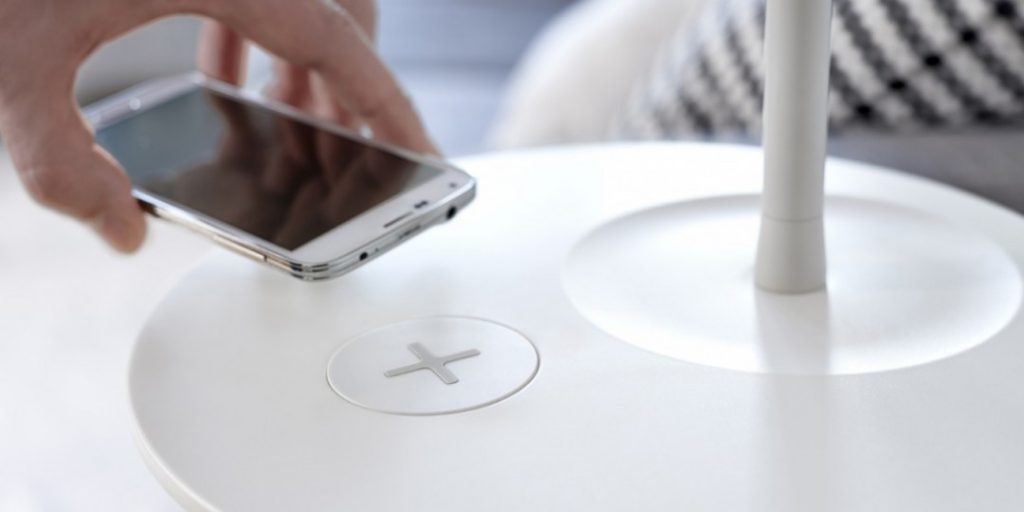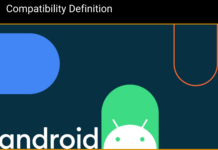This is how you can Wirelessly Charge your SmartPhone. But in order to charge your Phone Wirelessly, make sure your device supports wireless charging.
The whole idea of Wireless Charging lies in the living-in-the-future feel that carries with it. An idea that was fantasy a few years ago is slowly taking a commercial form and entering the global market with a lot of hype. Currently, we have many smartphones which support wireless charging technology and they’re showing a positive towards a great leap into future. So, you’re still rocking the old school wired-chargers? Do you wish to switch to the awesome wireless charging adapters? So, let’s see how this whole thing works and what all you need to make this happen.

Contents
Topic Overview:
The wireless charging feature is incorporated in many smartphones and the most commonly used wireless charging standard is the Qi wireless standard. If you’re not sure if your device supports wireless charging, just head on to this page for a list of compatible devices. These smartphones have Qi-support built-in but if you don’t find your device in the above list, follow our article to add wireless charging to any Android device.
Here are the Benefits of Wireless Charging…
- Well, as we have already quoted, wireless charging is all about the live-in-the-future experience. But don’t be mistaken that it’s just a marketing stunt, wireless charging is quite efficient now considering the physics behind it.
- Many wireless chargers offer a minimal energy loss which I can live with considering I don’t have to deal with a bunch of twisted cables in my backpack.
- With wireless charging, you don’t need to plug in your device, just drop it on your wireless charger and enjoy the convenience. Dock-style wireless chargers offer you a kick-stand type design which is convenient if you’re using your PC or laptop. You can just put your device in the charging dock so that you can simply pick it up when needed without the need to unplug it. You can also mat chargers or pad chargers for simplicity and more protection.
- Wireless charging helps prevent wear and tear of your device, and you don’t have to worry about broken charging ports ever. Most importantly, no more swinging smartphones from the desk and bashing the walls (it happened a lot with me). Also, you don’t have to worry about the changing USB technologies, so don’t bother if your device doesn’t have USB Type-C as you won’t be using it much if you have a wireless charger.
- The only downside is that the charging time will a bit higher compared to standard chargers but it isn’t much. You have to weigh in between convenience and consistency before opting for wireless charging technology.
So, Which Wireless Charger Should I purchase?
Wireless chargers come in a lot of varieties, shapes and sizes, be it a dock or a traditional mat, you have various options to choose from. First of all, you should know that wireless chargers are not so expensive after all, at least not now. The wireless chargers from elite manufacturers may cost a bit higher but you can always find many third-party chargers which cost not more than $10 – $20. You can also find fashionable docks that plug into a wall outlet or IKEA furniture with built-in wireless charging support.
Most importantly, you should make sure that you purchase a wireless charger that is aptly compatible with your device. Make some time and browse through reviews and ratings on various e-commerce sites and make your choice. The Qi standard chargers work at the wavelengths of 100-205 KHz while the PMA (Power Matters Alliance) standard chargers work at around 277-357 KHz. So, dig a little deeper before you make a choice.
How do I Wirelessly Charging my phone?
Once you have a wireless charger in your hand, just plug it into a power source and place your smartphone on it to start charging. Usually, there is no specific settings or configuration to be made to wirelessly charge your device unless your device maker thought otherwise. If everything’s good, you should see the wireless charging message on your smartphone.
It is expected that the charging is slower than standard wall chargers but you don’t need to fiddle with a bunch of wires here. However, don’t think it would be too bad, you could only expect a 20% loss. Although, you can see many Samsung devices which offer much more fast-charging wireless chargers. You could turn off the device while charging to improve the charging time and also make sure the wireless adapter is properly connected to the energy source.
So, don’t you want to buy yourself a wireless charger this year? Let us know if you like the wireless charging technology over standard messy cables.












